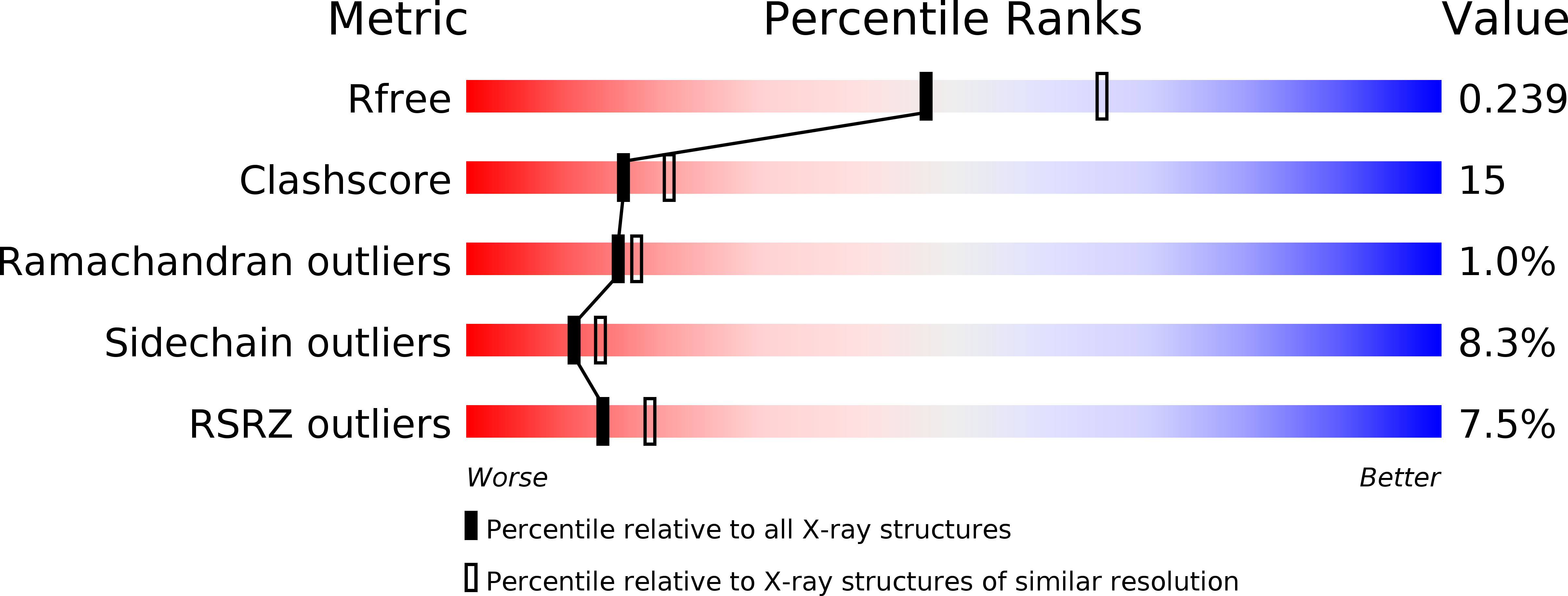
Deposition Date
2017-09-27
Release Date
2018-06-06
Last Version Date
2023-11-22
Entry Detail
PDB ID:
5YGU
Keywords:
Title:
Crystal structure of Escherichia coli (strain K12) mRNA Decapping Complex RppH-DapF
Biological Source:
Source Organism:
Escherichia coli (strain K12) (Taxon ID: 83333)
Host Organism:
Method Details:
Experimental Method:
Resolution:
2.30 Å
R-Value Free:
0.23
R-Value Work:
0.20
R-Value Observed:
0.20
Space Group:
P 41 21 2


